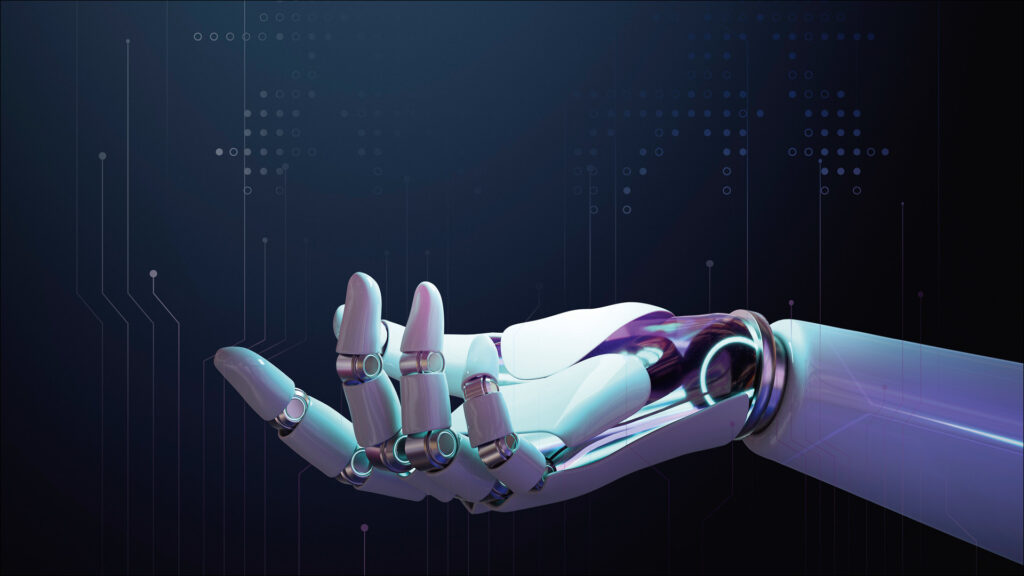As Artificial Intelligence makes compelling inroads into our lives, we take a closer look at the rise of increasingly ʻhumanʼ chatbots and explore what to expect in the years ahead.
By RAHUL JAGTIANI
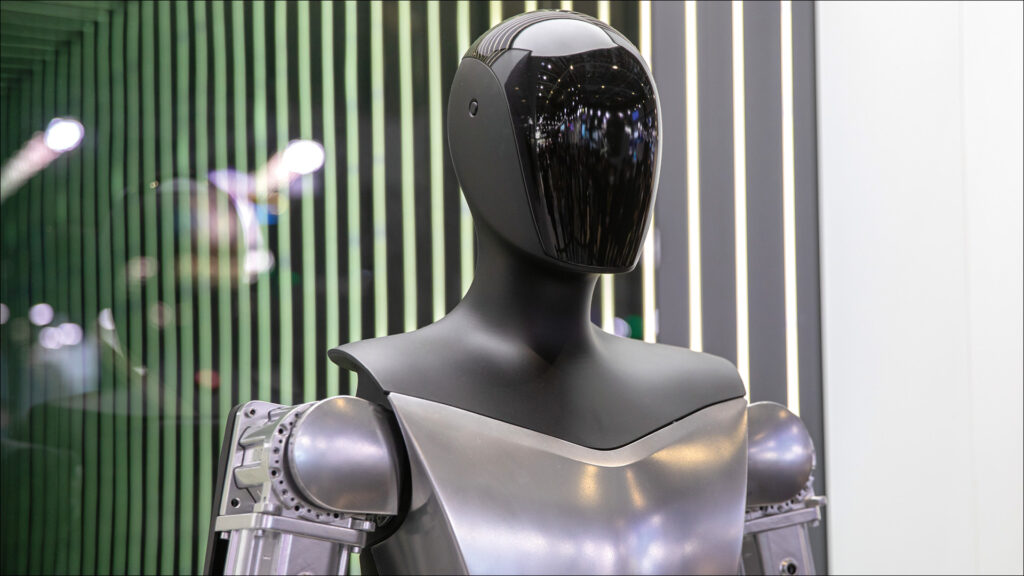
Expo (CIIE), Shanghai.
THE BIRTH OF AI
The term Artifi cial Intelligence (AI) was fi rst coined at Dartmouth College in 1956 and has often been attributed to American computer scientists, Marvin Minsky and John McCarthy, known pioneers of the movement. Both scientists were optimistic about the future of AI, which enabled machines to simulate human intelligence and achieve specifi c goals. However, it is British mathematician Alan Turing, who is widely regarded as the founding father of Artifi cial Intelligence by virtue of the Turing Test, a criterion for determining the level of a computer’s ability to ‘think’ like a human, a popular benchmark used even today.
“The power of AI is just beginning to emerge in ways that will reinvent video and make the seemingly impossible possible.”
Neal Mohan, CEO, Youtube
Essentially, Artificial Intelligence comprises Machine Learning and Deep Learning. The former refers to machines automatically learning from existing data without human intervention, while the latter includes artificial neural networks that enable machines to process large amounts of unstructured data to achieve more sophisticated results.
Artificial Intelligence is divided into two broad categories:
Narrow AI: A limited form of AI focused on performing a simple task well, such as a Google search, or a command to personal assistants such as Siri or Alexa.
General AI: This form of far-fetched, human level AI allows machines to comprehend, learn, and perform intellectual tasks to solve any kind of complex problem—much like humans! Also known as Artifi cial General Intelligence (AGI), it’s still in the theoretical stage, although Hollywood’s apocalyptic Terminator-like representations have often provided fodder for fantasy.
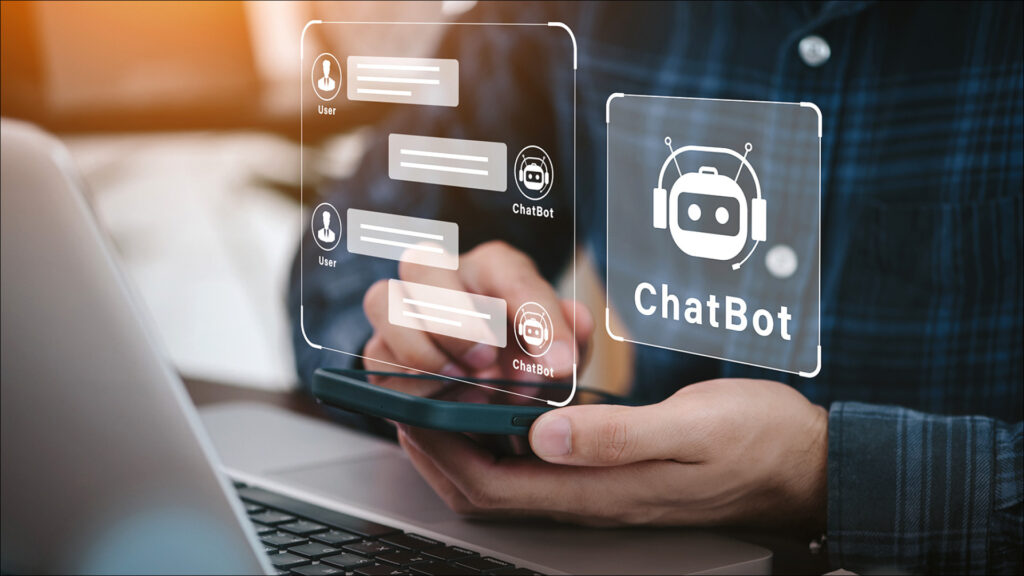
TAKING FLIGHT
Over the years, AI has witnessed a gradual accumulation of breakthroughs such as deep learning algorithms and neural networks, which have facilitated the creation of intelligent systems capable of performing tasks that were previously thought to be the exclusive domain of humans. Additionally, the increased availability of computing power and specialised hardware such as Graphics Processing Units (GPUs) and Tensor Processing Units (TPUs) have been instrumental in the integration of AI into a wide range of industries—from detecting life-threatening diseases in healthcare to improving fraud detection and risk management in banking and recommending new products in e-commerce.
In India alone, the formidable software sector is likely to lead the market for AI and is expected to grow to US$7.8 billion by 2025 at a healthy CAGR (compound annual growth rate) of 20.2 per cent, according to market intelligence fi rm, International Data Corporation (IDC).
AI’s ubiquity across the globe has been advancing steadily, as well, with companies like Tesla now pushing the envelope to deploy path-breaking tools at scale. In early March 2023, Tesla founder Elon Musk showcased the latest version of his humanoid robot, Optimus, predicting that these machines could potentially outnumber humans in the future, and the company’s robotics business would soon surpass its renowned vehicles division.
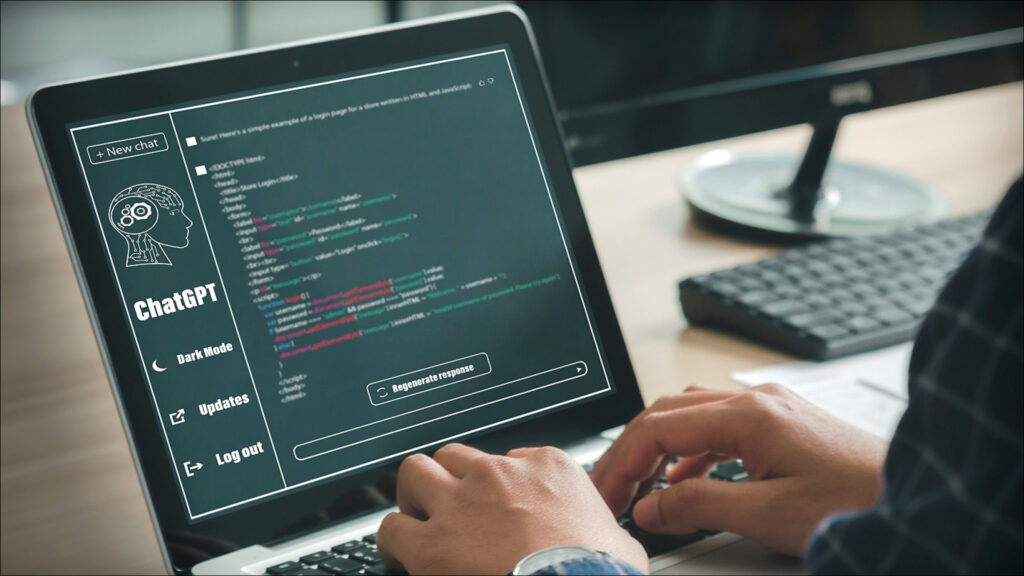
perform other online tasks.
THE RISE OF CHATGPT
In November 2022, Microsoft co-owned artificial intelligence research fi rm OpenAI released a user-friendly bot, ChatGPT, based on its GPT 3.5 language model trained on Azure, the company’s cloud business. Within a week of its release, ChatGPT had reported one million users! Entrepreneurs, engineers, academics, and casual users alike unanimously praised the revolutionary tool for its ability to have intelligent sounding conversations, write music and poetry, as well as complex code.
Big Tech had clearly anticipated the immense, far-reaching potential of this multi-layered fi eld much in advance. Which is why, in 2019,Microsoft invested US$1 billion in San Francisco-based OpenAI, co-founded by Y Combinator alum Sam Altman and Elon Musk just over seven years earlier. The software giant reportedly followed up with another silent investment of US$2 billion in 2021 and in late January 2023, confi rmed a third round of investment of US$10 billion in the company, valuing it at a whopping US$29 billion.
Evidently, even amidst the company’s current downsizing, Microsoft is placing a big bet on AI. As per CEO Satya Nadella, “In the next phase of our partnership, developers and organisations across industries will have access to the best AI infrastructure, models, and toolchains with Azure (their cloud computing platform) to build and run their applications.”
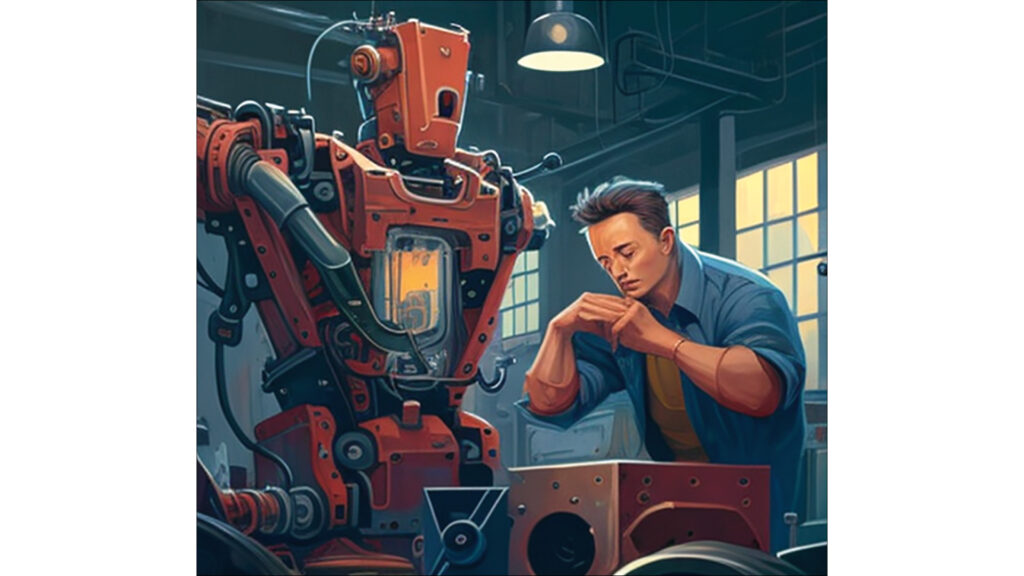
on creating a high-functioning robot.
“The danger of training AI to be woke—in other words,
lie—is deadly.”
Elon Musk, CEO, Tesla, SpaceX, Twitter
Experts are already referring to ChatGPT as ‘AI’s iPhone moment’. Much like Apple’s flagship product birthed a cultural revolution upon its launch in 2007, OpenAI’s trailblazing tool could soon follow suit.
The bot has already passed an MBA exam prepared by a Wharton professor and cleared a coding exam for an Amazon interview, albeit with a few errors, possibly owing to its disclaimer that its knowledge is limited up to September 2021. Nevertheless, the technology has left industry insiders both scared and excited for the future.
Recognising the need for speed to maintain its lead, Microsoft is moving fast. OpenAI has already announced a paid, professional version of their tool called ChatGPT Professional that will include faster responses, unlimited messages, and zero downtime. The move has met with sharp criticism from OpenAI’s original co-founder Elon Musk, who lamented Microsoft’s closed-source, profi t-driven motives rather than the non-profi t, for-the-greater-good values the company was originally founded upon.
THE RACE FOR SUPREMACY
The competitive landscape is heating up. In February 2023, Meta joined the AI chatbot race with its own state-of-the-art foundational language model called LLaMA (Large Language Model Meta AI). CEO Mark Zuckerberg signalled the company’s laser focus on developing generative AI tools that can enhance creativity—in Instagram filters, as well as in chat applications like WhatsApp and Messenger. “We have a lot of foundational work to do before getting to the really futuristic experiences, but I’m excited about all of the new things we’ll build along the way.”
“If we are at version 3.5, just imagine what ChatGPT 10 is going to look like!”
Mark Cuban, Owner, Dallas Mavericks
ChatGPT’s instant popularity has ruffled many feathers, particularly at rival Alphabet, the parent company of Google. The latter’s management has already declared a ‘code red’ within its ranks amidst concerns that OpenAI’s chatbot could hamper its unparalleled lead in the web search engine business, which brings in over 80 per cent of its revenues.
In February 2023, a mere three months after ChatGPT’s release, Alphabet soon announced its own experimental conversational AI service called Bard. Powered by their own LaMDA (Language Model for Dialogue Applications), Bard’s debut was marred by a factually inaccurate response in its fi rst public demonstration, which resulted in an eight per cent drop in Alphabet’s shares and, equally bad, a loss of US$100 billion in market capitalisation, just as Microsoft announced it was augmenting its Bing web search engine with AI features from OpenAI.
THE FUTURE IS COMING
Artificial Intelligence is a rapidly evolving landscape shaping the future of humanity and its impact across our lives will be hard to ignore. While ChatGPT has recently entered the public conscience, a suite of other generative AI tools is already automating a number of tasks— creating stunning images and music, as well as writing social media posts, often in a far more cost-effective manner and with superior results compared to humans.
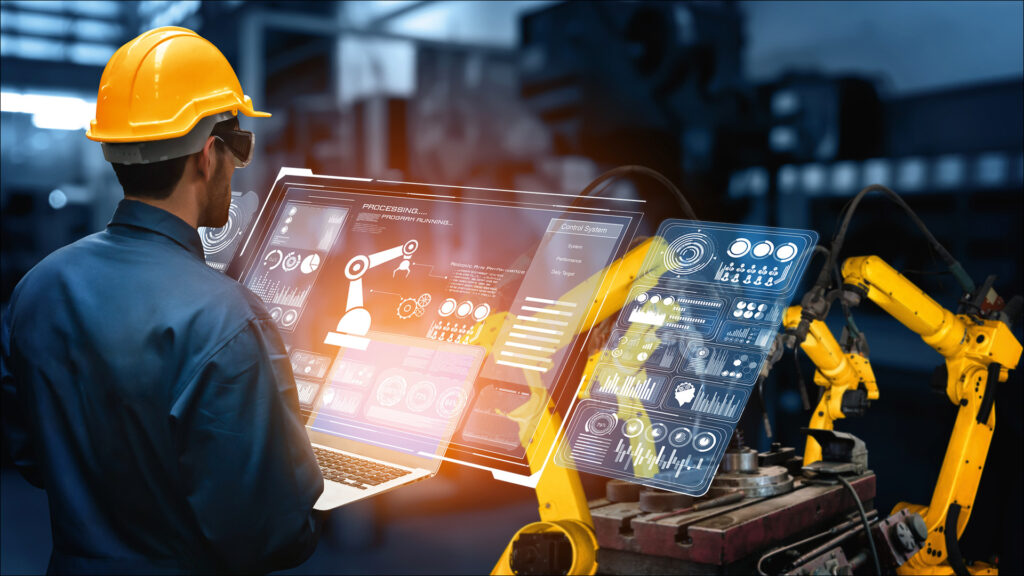
Inevitably, the creator economy, as well as marketing and sales functions, are ripe for disruption as AI accelerates redundancy and enhances efficiency to potentially unlock trillions of dollars in economic value in the future.
Kai-Fu Lee, a Taiwanese computer scientist and author of the New York Times bestseller, AI Superpowers, warned that those with jobs that involve repetitive tasks must learn new skills before they are displaced by AI. This is probably why Marc Gyöngyösi, founder of OneTrack.AI strongly advocates that the newer generation learn more about programming. “In the future, if you don’t know coding, it’s only going to get more difficult.”
David Vandegrift, AI afi cionado and CTO of CRM firm, 4Degrees, adds, “Much like America’s transition from an agricultural economy to an industrial one played a role in the Great Depression, the transition between jobs made redundant by AI and new ones being created won’t be a painless one.”
At the same time, AI heralds a period of great promise, with optimised operations across various businesses. This could include faster analysis of medical data and tests to facilitate improved healthcare, quicker delivery of products and automated services in the retail, media, and banking sectors, and a substantial increase in AI related jobs (engineers, programmers, data scientists, and more) in the coming years.
As Tim Cook, CEO of Apple, said, “What all of us have to do is to make sure we are using AI in a way that is for the benefi t of humanity, not to the detriment of humanity.”
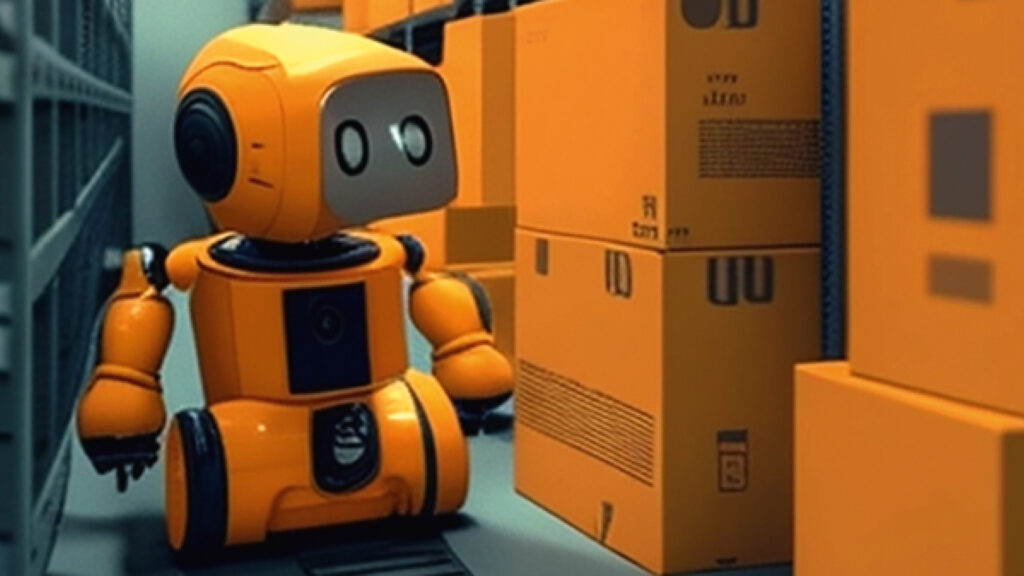
Related: Deutsche Discovery

